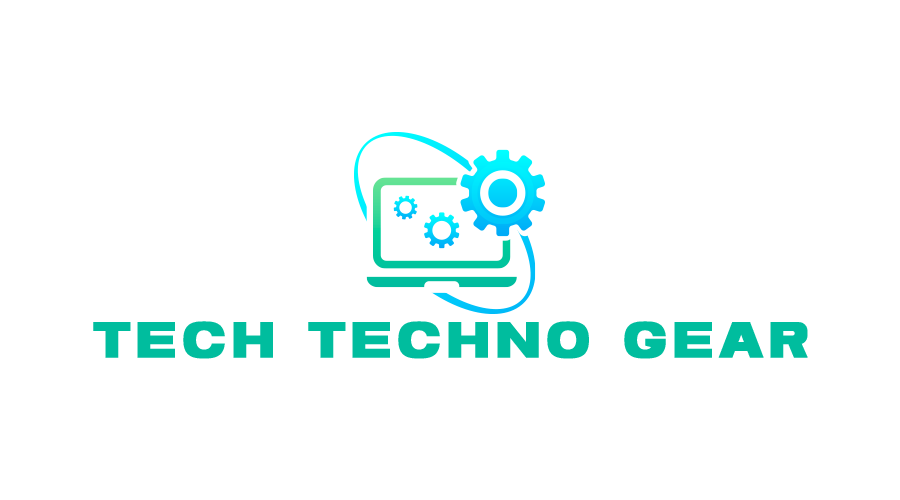Given the fast-paced nature of today’s world, ensuring safety in manufacturing and construction is no longer merely a tick-in-the-box but rather the number one consideration. Among the most crucial change makers in such industries are Red Zone Monitoring Systems. These systems focus on high-risk areas where workers are protected while keeping operations running. In this blog, you will explore the top five applications of Red Zone Monitoring Systems in manufacturing and construction, determining their benefits and importance.
Analyse the Best Applications of Red Zone Monitoring Systems
viAct: top 5 applications of Red Zone Monitoring Systems in the manufacturing and construction.
- Real-Time Hazard Detection
A Red Zone Monitoring System can detect hazards in real time. When working within busy factories or construction sites, everything can change in the blink of an eye. Be it machinery malfunctioning or some unauthorized person entering a dangerous area, timely alerts prevent accidents that could happen in the blink of an eye.
With some advanced cameras and sensors placed strategically all around to monitor any activities constantly going on in the area, every time a worker enters the red zone where he shouldn’t go or equipment fails, the system will alert the supervisors on the spot. This proactive approach saves time and lives because teams respond to possible dangers at once.
- Enhanced Training and Safety Practices
Training is an integral component of any organization, but more so critical in any high-risk workplace. Indeed, manufacturing and construction risk outlets do not come out as exceptions. Hazards monitoring systems within the red zone help identify hazards but also significantly aid in the training of workers. Information from such systems can help organisations identify and track patterns of unsafe behavior or recurring issues through analysis.
Managers will review training protocols, and the workers will be trained specifically on all the risks identified, hence fostering a culture of safety and awareness. The bottom line is a workforce better equipped but also better assured of dealing with potential dangers.
- Response to Emergencies
In emergencies, every second matters. A Red Zone Monitoring System can be a highly valuable asset in crises because it provides real-time information about what is actually occurring in high-risk areas, which leads to faster decision-making.
For example, after an accident, the supervisors can obtain a live video feed of the situation, which will better position them to judge the situation. It will be a chance for them to coordinate effective responses, perhaps evacuating personnel or administering first aid. It can also interface with the emergency services, keeping them informed of the situation before they depart to the scene. Quicker and better-informed responses can then minimise further damage that may have resulted from such injuries, hence saving lives.
- Better Compliance and Compliance Reports
Compliance is one of the most prominent features of manufacturing and construction companies. Manufacturers have specific safety standards implemented to ensure that their employees and surroundings are secured. Compliance becomes easier with real-time monitoring and reporting functionalities through a Red Zone Monitoring System.
With this capability to monitor safety incidents and protocols, it is easy for companies to produce reports as required for audits and inspections. It saves time while, at the same time, offering a guarantee that any information required to document may be accessed.
- Operational Efficiency
Often, safety and productivity accompany one another. A safe workforce is more productive. Red Zone Monitoring Systems ensure that safety inspections and prevention of accidents would not stand in the way of production. Thus, it leads to a smoother workflow.
It can also indicate where the operation needs to be optimised regarding both equipment health and worker activity. If, for instance, certain processes are found to be bottlenecks each time, managers can take steps with available data to optimise their operation. This integration of safety and productivity creates a more efficient and profitable operation.
Conclusion
Red Zone Monitoring Systems are changing how manufacturing and construction industries think about safety. Promoting real-time hazard detection, improved training, emergency response, compliance, and efficiency in operations have all contributed to a comprehensive solution that systems such as these have provided in the challenges raised in high-risk environments.
For future times, investment in such advanced technologies of safety is not only prudent; it is necessary. A healthy workplace is a productive workplace, and with the Red Zone Monitoring System, one can create environments where everyone prospers.

